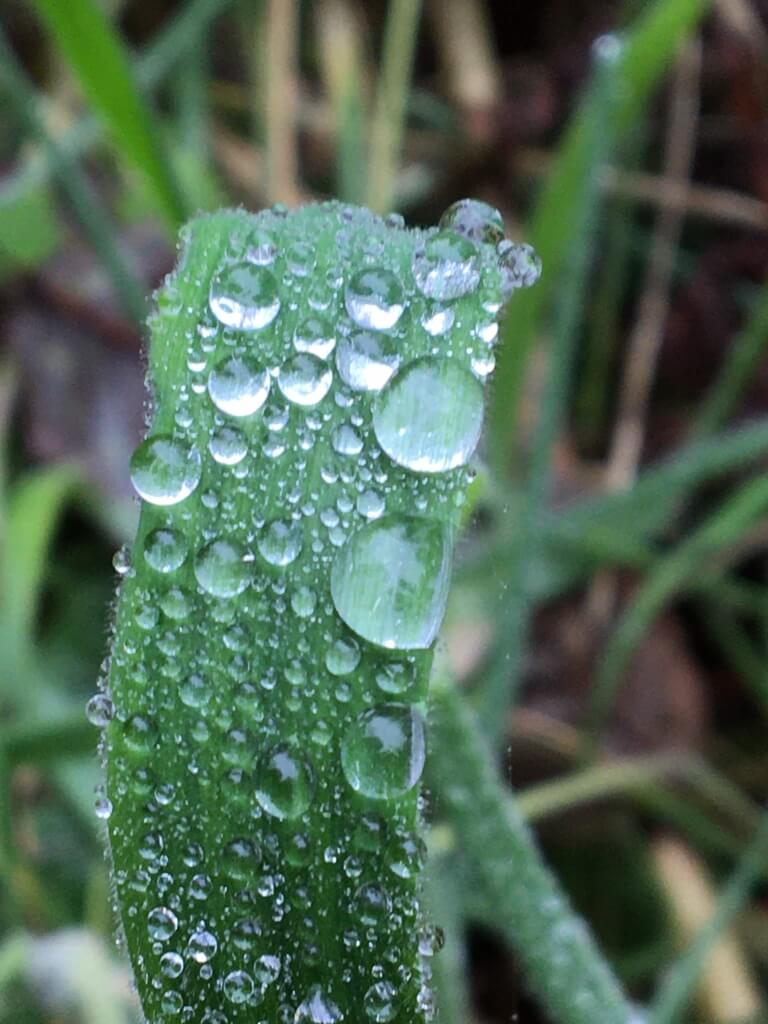The oceans store more than 90 percent of all combustion heat. In 2020, record fossil fuel and wood pellet heat in the ocean was the energetic equivalent of detonating 315,536,000 Hiroshima atomic bombs. The energy within the oceans drives the climate, which is becoming less predictable and more violent.
Planetary ice is important for reflecting incoming solar radiation back to outer space. As the world’s temperature rises, planetary ice is in peril. In fact, Earth’s ice is melting 57 percent faster than in the 1990s. The world has lost 28 trillion metric tons of ice since 1994. That is enough meltwater to fill 10.2 billion Olympic swimming pools, or, cover the entire state of California in ~200 feet of water.
Everything is interconnected in the natural world. For example, more ice melt in the Arctic has sped up the Arctic Ocean circulation. In turn, that recent meltwater has slowed down the Atlantic current system, which relies upon cold, saltier (heavier) polar water to pull the northern currents south towards the equator. The UK and northern Europe (~200 million people) depend upon the Atlantic Gulf Stream current to circulate warmth, delivering a livable climate. (Think of the ocean currents as a giant conveyor belt, which disperse the warm, less salty equatorial ocean heat to the respective poles).

Houston, we have a problem.
This unfathomable amount of combustion heat has begun to stabilize the oceans. That is, the oceans have become less capable of mixing warm surface water with the colder, deeper, nutrient-rich layers. Therefore, surface water is getting warmer. Warmer oceans favor more intense downpours and slower moving more destructive hurricanes, cyclones and typhoons.
It’s up to each of us to do our part to save the planet and prevent nature from going bankrupt.
Since the 1990s, the global oceans have absorbed the equivalent fossil fuel and wood pellet combustion heat of dropping almost four billion Hiroshima-style bombs.
In addition, warmer water is less able to absorb atmospheric carbon dioxide and it holds less dissolved oxygen. Already, ‘no oxygen’ dead oceanic zones have quadrupled since 1950 while ‘low oxygen’ sites near the coasts have multiplied by tenfold.

Image credit: NOAA
Our marine brethren and sistren, like sailfishes, sharks, tunas, swordfishes, Pacific cods, sardines, herrings, shads, mackerels and so many others, are crammed much closer to the surface within a very narrow occupiable band.
“With low oxygen waters currently producing about half the oceans net nitrous oxide [200 times stronger at trapping heat than carbon dioxide] we could see an additional significant atmospheric increase if these ‘dead zones’ continue to expand,” remarked oceanographer Lou Codispoti, University of Maryland. Incidentally, atmospheric nitrous oxide is above 331 parts per billion and rising quickly, the highest level in the last 800,000 years.
It is a man-made climate crisis and that’s why U.S. President Joe Biden has signed an executive order to rollout a comprehensive climate action plan, including cancelling $40 billion in subsidies to the fossil fuel industry. Bravo!

Image credit: Dean Sewell
Biden’s leadership is essential to slow down the collapse of civilization. Already, Australia’s largest city, Sydney (five million people), is quickly becoming uninhabitable from more frequent and longer lasting heatwaves with temperature spikes of 122oF (50oC).
It’s up to each of us to do our part to save the planet and prevent nature from going bankrupt.
Solutions
- The single biggest thing that you and your family can do, right this second to fight the climate crisis, is to switch to a plant-based diet, which protects the remaining old-growth forests, too (see The Gen Z Emergency for exact details).
- Grow two food-bearing trees. Place wood chips around the base of each tree to conserve water, build soils and attract earthworms. Please do not use any man-made chemicals in your yard because we are missing at least 40 percent of the insects. Those scrumptious trees also feed the pollinators (as well as us too).
- Make time to walk or bicycle three miles daily and drive less. A healthy oxygenated body is the key for all of us to double-down our relentless efforts as green warriors for Mother Earth.

I’m betting on the climate generation, the Gen Zs (under 26s), to force the Baby Boomers (born between 1946-1964) to build a zero-combustion economy by 2030. Change is coming, whether the Baby Boomers like it or not!

Image credit: Reese Halter
#LoveNature
#LoveIsTheSolution
#Empathy
#Compassion
#ConsumeLess
#GrowFood
#GoVegan
#WalkMore
#TheGreatForestCase
#ZeroCombustionEconomy
#GenZEmergency
•••••••••••••••••••••••••••••••••••••••••••••

Dr Reese Halter is an award-winning broadcaster, distinguished conservation biologist and author.
Dr Reese Halter’s latest book is now available!
GenZ Emergency
Tweet @RelentlessReese
•••••••••••••••••••••••••••••••••••••••••••••

Ocean Heat and Global Warming
Ocean Heat and Global Warming Ocean Heat and Global Warming Ocean Heat and Global Warming Ocean Heat and Global Warming Ocean Heat and Global Warming











